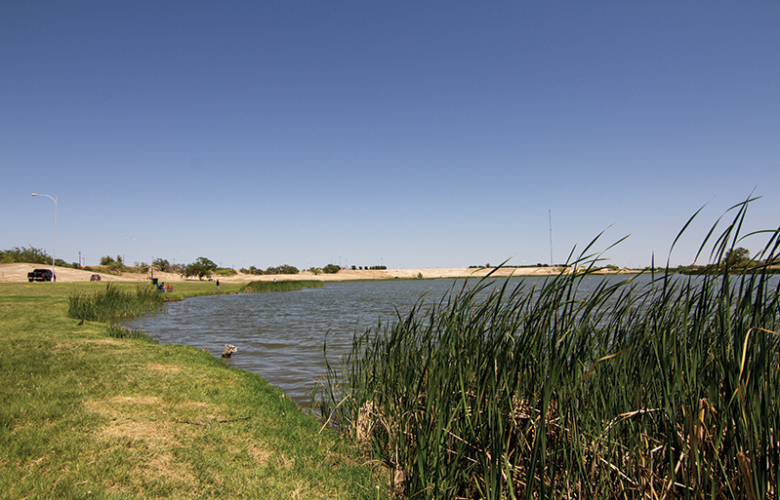Final Crit
As a member of an advisory group to MIT, I’ve been a bit critical. The other day while talking with the Associate Dean, I casually remarked, “I guess I stepped on a few toes.” She retorted: “You’ve stepped on a whole foot!”
— Bill Caudill, “The TIBs of Bill Caudill”
The TxA committee that hired me to edit this magazine put forth an unexpected but welcome mandate, which was among the chief reasons I took the job: They asked me to develop a critical voice in Texas Architect. Critical perspectives had been featured in TA at various times throughout its long history, but by and large the magazine hewed closely to the polite, collegial sort of cheerleading that is normal for a members’ circular. This mode of — you can’t really call it journalism because it’s more akin to marketing, though it’s more insidious than marketing because it cloaks itself in journalists’ clothes — continues to proliferate, even in non-association design publications. In fact, it’s an issue that plagues all news media, and always has. I call it golf-clap writing because of the tepidness and unoriginality of its descriptions, and the alacrity it displays in accepting without question and passing along the claims of the subjects it purports to review. In so doing, it cheats its readers, obscures the full truth it knows — it lies.
I don’t know what’s more remarkable: that this state AIA component asked me to do criticism in its prized publication, or that a magazine by and for architects wasn’t already — and for its entire history — a vehicle of incisive critique. Architecture, architects will tell you, is a culture of criticism (see comments by Robert Ivy, FAIA, on p. 13). It is through criticism that architects are trained in studio. Students pour their hearts into design proposals and then pin them up to be savaged by successive waves of critics: their cohort, their professors, visiting reviewers, maybe their parents. The purpose of this ritual bloodletting is to refine and improve the design itself and teach students the value of collaboration and outside perspectives, which can often quite quickly pick out thorny issues that may have completely escaped their notice. It should also help in the development of a thick skin, or, more precisely, the ability to receive criticism without immediately retaliating: to instead listen and evaluate the substance of the critique, a real asset for any creative professional aspirant preparing to embark on a career of client service work.
Of course, criticism done in the context of a classroom — or a bar room for that matter — about fictitious or developmental design work is different from criticism done about a completed project, in a bylined article, in the public forum of a widely circulated periodical, even one read by a profession of purported critics. The critic’s responsibility in this context is weighty. There is pressure to get it right and be fair. People’s feelings, even their professional reputations, are at stake. When done right, criticism should not just satisfy an author’s ego, but should add something constructive to the discourse, something that could improve future efforts. At the same time, I believe it’s important to make room for bad writing and hot takes. This sort of criticism can get people thinking and talking, which is a good thing. The real danger is that we stop communicating our differences of opinion, stop evaluating publicly, retreat behind the manufactured smile of the cheerleader while injustice and sloppiness parade to the serenade of our applause.
How long will it be, I’ve wondered throughout the past six years, before the Board decides this experiment has gone far enough and shows me the door? Well, they stuck it out with me all this time. Readers took note of the change in tone that accompanied my editorship, and while some have been flabbergasted, outraged — wounded! — the overwhelming preponderance of the feedback has been laudatory. I’ve been grateful to receive it all. The old saying that there’s no such thing as bad press has its corollary among members of the fourth estate: There’s no such thing as bad reader feedback. Acclaim or condemnation, the important thing is that people read us and felt something strongly enough to speak out. For or against, the conversation has been initiated. Who knows where it may go?
If this sounds like a coda, it is. This is my last issue of TA. I’m leaving to be the editor in chief of The Architect’s Newspaper, a publication that is no stranger to brickbats. Thank you, Dear Reader, for your attention. I’m sure we’ll be seeing each other real soon.

Aaron Seward is managing editor at Perkins&Will and a former editor of this magazine. He lives in Austin.
Also from this issue





